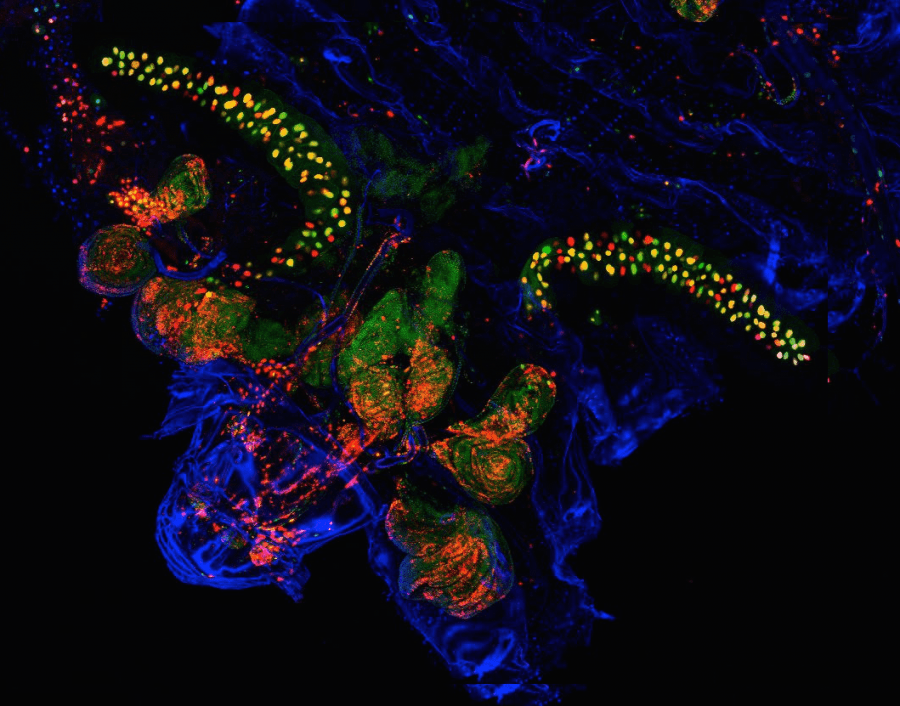We’ve all been told, and have long believed, that the pain we experience after getting sunburned was caused by the sun’s ultraviolet radiation damaging our DNA. New research from the University of Copenhagen, however, says we were on the right track but not quite correct. Turns out it’s our RNA, not DNA, that’s damaged by sunburns.
The easiest way to think of DNA and RNA is that DNA contains our genetic code, along with the instructions that tell a cell how to grow and function. RNA carries out those instructions.
Videos by VICE
Sunburns are the result of cellular damage caused by exposure to UV-B radiation. The long-held belief was that DNA is much more vulnerable to damage by ultraviolet light than RNA, which was commonly considered to be highly resistant to UV light damage. The sunburn research, led by molecular biologist Anna Constance Vind, challenges that belief.
Vind found that RNA damage is what triggers the body’s defenses when sunburn is setting in. Damage to RNA causes immediate cellular stress, which alerts the rest of the immune system to the threat.
By using genetically modified mice lacking a protein called ZAK-alpha, which helps cells respond to RNA damage, Vind and her team found that her modded mice didn’t develop typical sunburn symptoms after UV-B radiation exposure. Another round of testing, this time on human skin cells, confirmed that RNA damage is the first trigger in a chain of reactions that eventually lead to a sunburn.
Vind’s findings upend everything we’ve known about how sunburns work. If further testing by independent research teams from around the world confirms Vind’s results, it could eventually change the way we treat and even prevent sunburns in the first place. It could mean better, more effective sunblock formulas or more effective treatments for sunburns after they happen.
More
From VICE
-

-

-

The image shows cells in a Drosophila (fruit fly) larvae that have undergone anastasis during normal development. Montell and colleagues engineered flies so that any cell that survives permanently expresses the green fluorescent protein (green regions).
